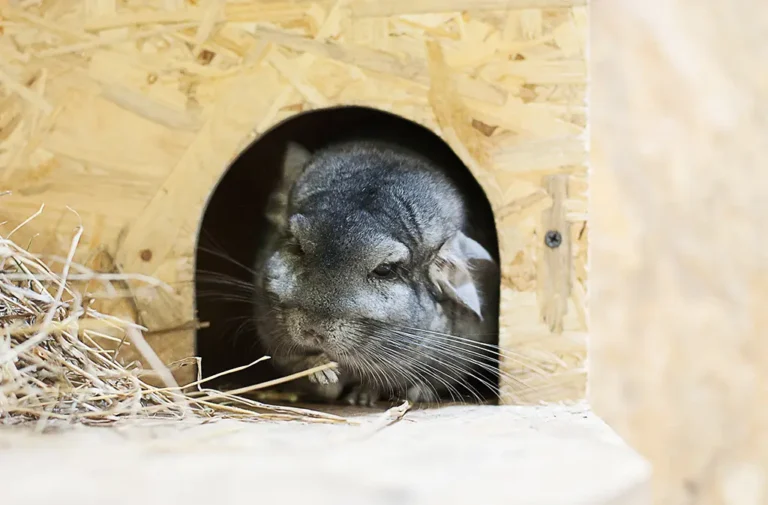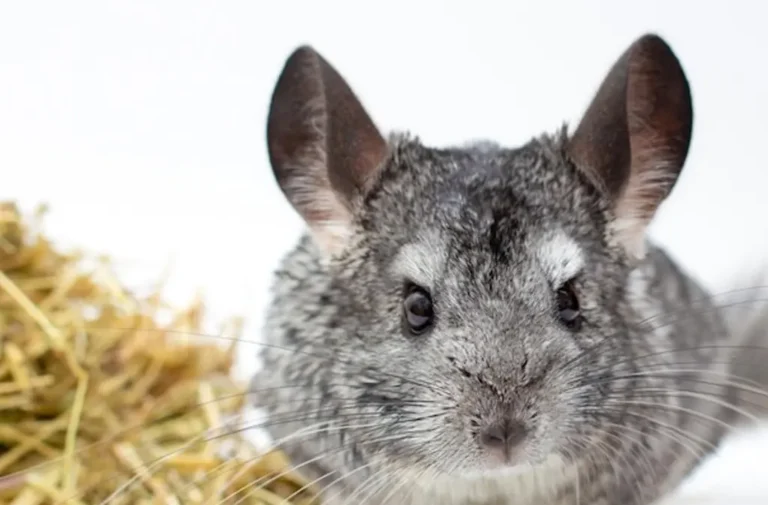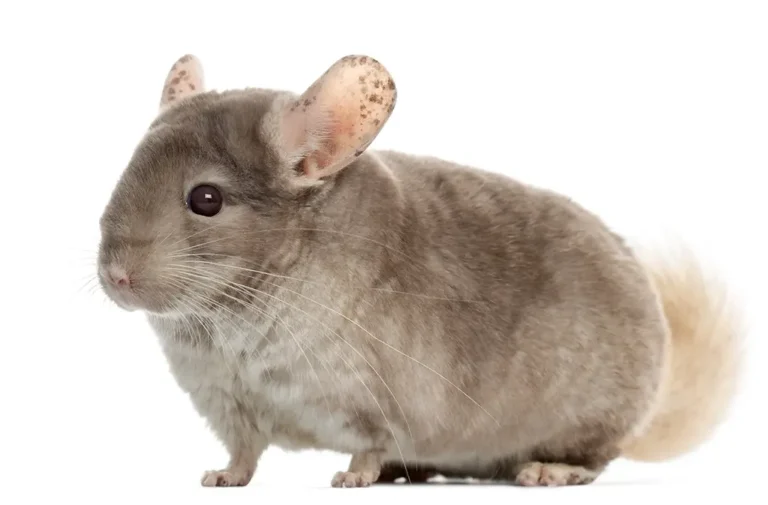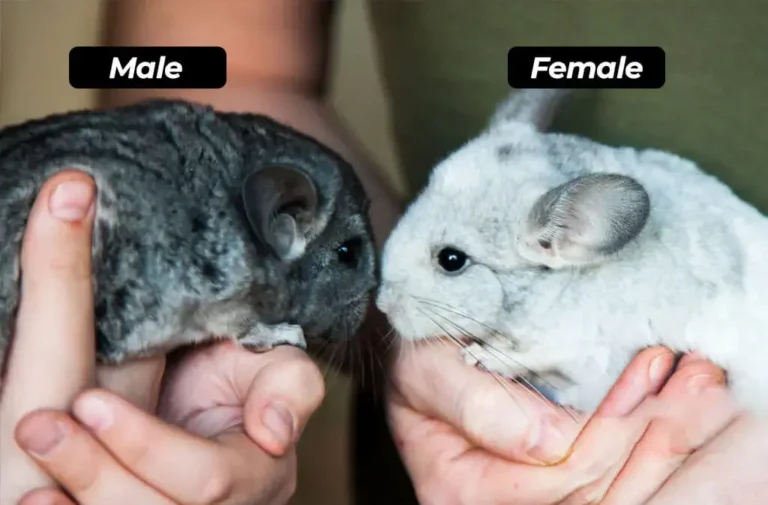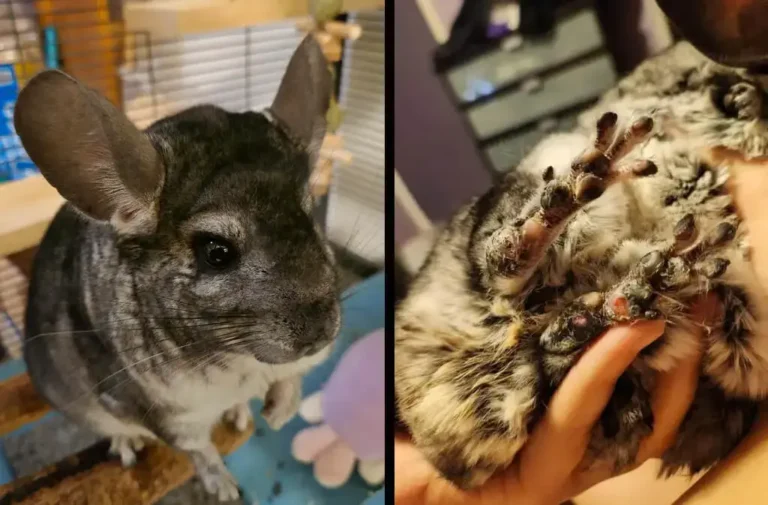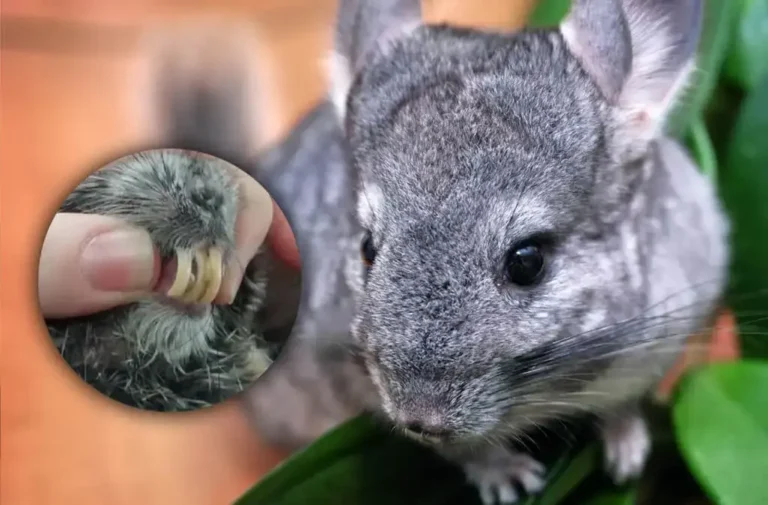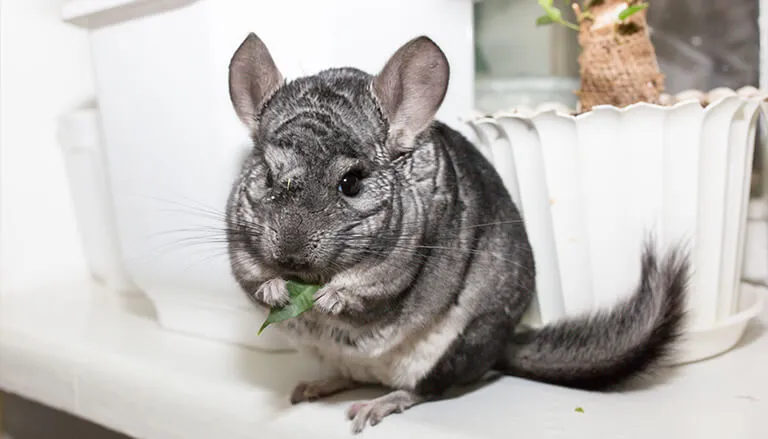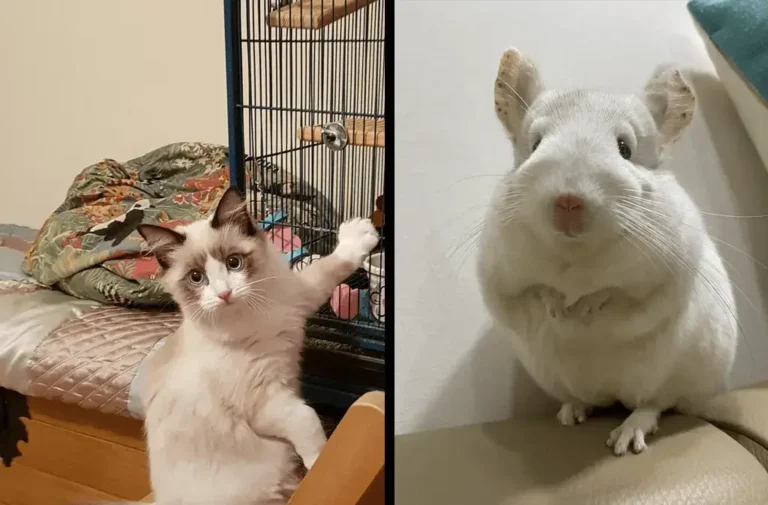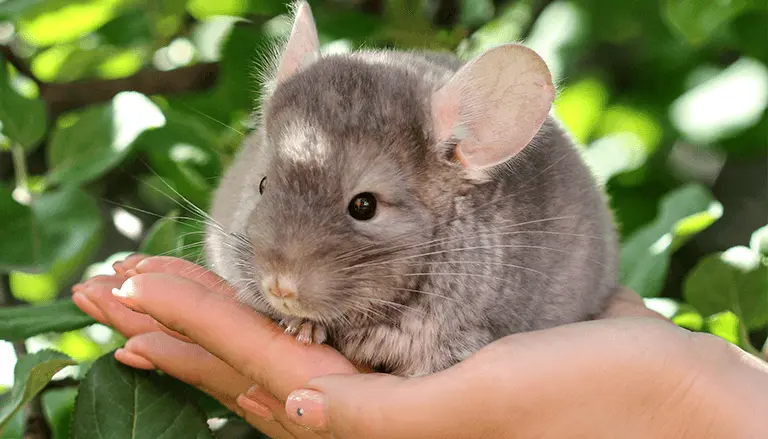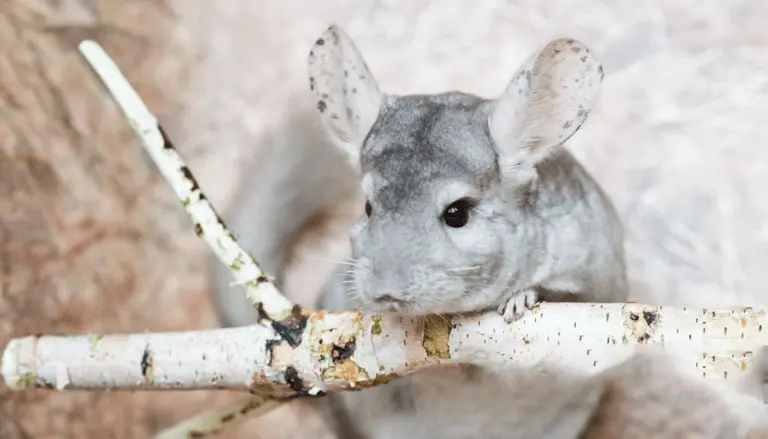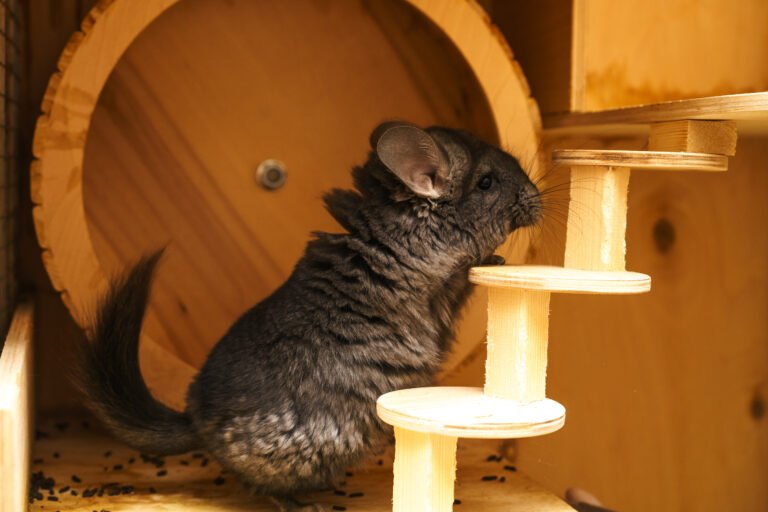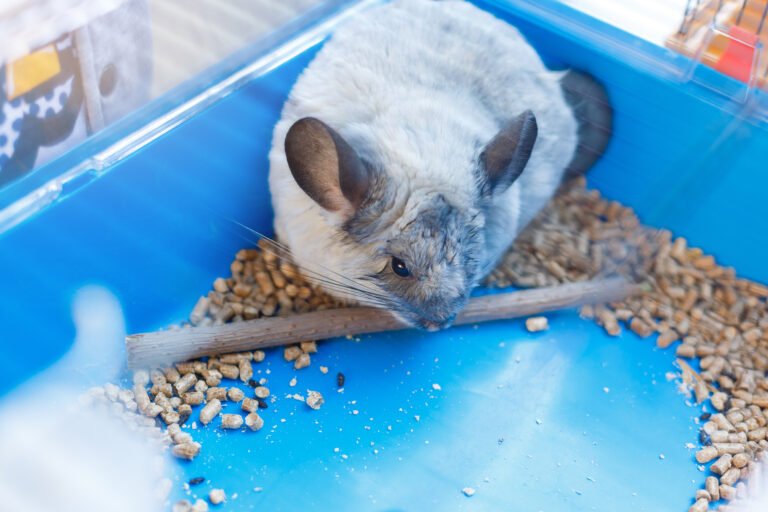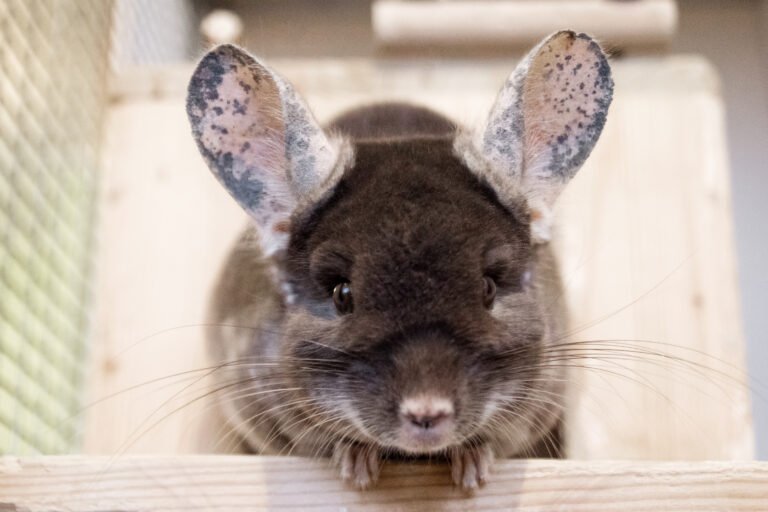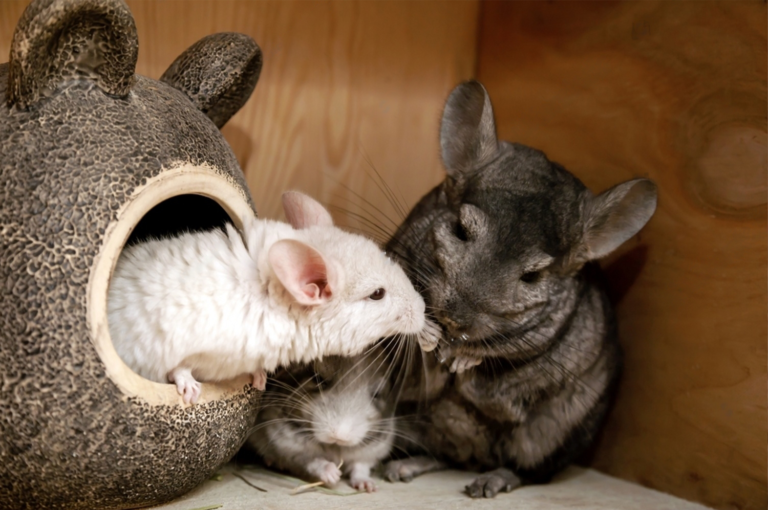How To Train A Chinchilla?
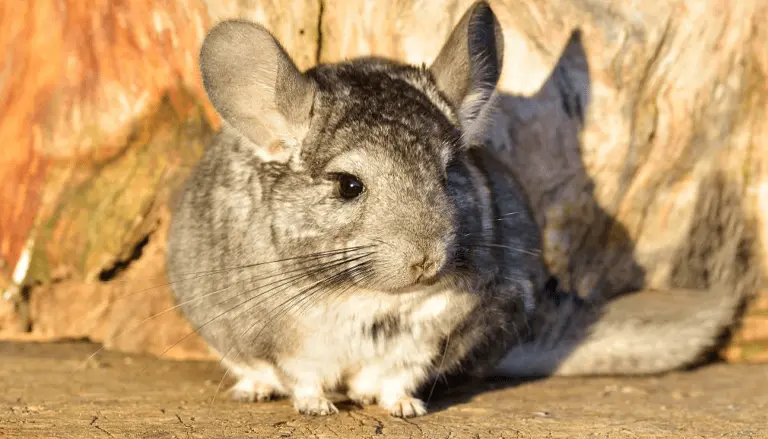
Chinchillas are considered the most loving pets. You must first gain their trust to handle and train a chinchilla. You should be patient and go nice; these pets take time to get accustomed to their caregivers. It is advised not to rush the training process, as it may threaten them, and they will hardly forget that incident. Your one frightening grab could ruin the chance to befriend these playful animals. Handling them gently will not only help to make them your companion but also ease the training process. Keep reading to learn more about their training methods.
Explore: Chinchilla Facts
Various Methods To Train A Chinchilla
These adorable pets are brilliant and can be trained very quickly. They can learn different tricks once they are familiar with your voice and handling. The methods to train a chinchilla are listed below:
Let Them Accustomed: First and foremost, let them be acquainted with their surroundings before grabbing or handling them. It is observed that these little pets stay stressed in their new surroundings, so it is advised that they get used to their living space before approaching.
Avoid Touch Directly: Do not try to touch them for the first few days, and approach their cage slowly to change the water or give them food. Let them get comfortable and used to your voice even before touching them. Observe the changes in their behavior for the first few days.
Offer Them Treats: Once they get comfortable in their living space, offer them treats through the bars, but the treats should be limited in quantity. Feed them through the wires for a few days at the same time regularly; this will make them anticipate your visits.
Start Palm feeding: The best way to train a chinchilla to come over is by calling their name or sitting on your shoulder. Observe the behavior changes by placing the palm on their cage floor. Train a chinchilla by placing a piece of their favorite meal in the center of your palm. Your pet will surely step on to get the treat.
Train To Sit On Shoulder: Slowly move the treat up to your forearm and let them climb to that place to get it. Once they get accustomed to getting the food from you, they will become habitual in climbing on your shoulder.
Call Their Pet Name Regularly: You can also train them to react or come over by holding a treat in your hand and calling their name. After some time, they start recognizing what their name is being called.
Litter Train Your Chinchilla: You can also litter train a chinchilla, which will reduce the mess in their surroundings. You can train them by placing a litter box in their cage.
Stroke His Ears & Back: Don’t try to grab your little companion out of the cage. Instead, allow him to explore your shoulders and arms. Stroking their ears and back will help you befriended with them.
Handling Advice
It is advised to handle your little companion gently. Don’t try to grab them with their tail; otherwise, they will shed it, which is their natural defense mechanism against threats. The best way to hold these adorable creatures is to scoop them in your palm by placing one hand below them and the other above to prevent any slip. Lift them securely against your shoulder or chest to support them fully. Always try to approach them slowly. It will prevent them from getting scared.

Conclusion!
These adorable creatures are intelligent pets and quick learners. To train a chinchilla, you should be gentle and patient. The most essential aspect of their training is to gain their trust. Let them take their time to get accustomed to their caregivers and surroundings. Gradually handle them by giving treats regularly. Over time, they will come over to you by calling their name and start sitting on your shoulder. Always make a scoop of palm to hold them and avoid grabbing from the tail.
FAQS!
There are different methods to catch a chinchilla, and the most popular one is to use a dust bath or low-sugary treats such as dried herbs and raisins.
They drink a small amount of water throughout the day, but leaving them without water for more than a day is not advised.
It is essential to handle these rodents gently because they are sensitive pets and get scared quickly. They show a defensive mechanism of shedding the fur when they get scared.

